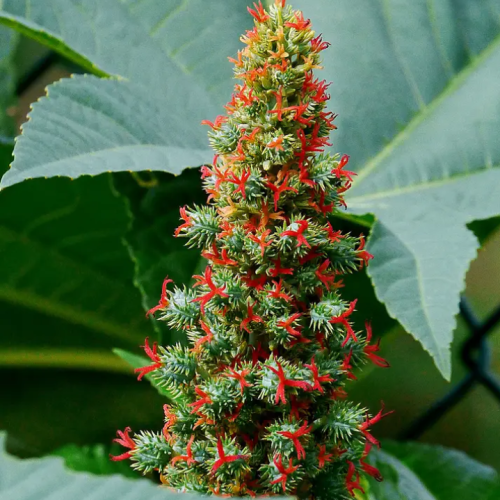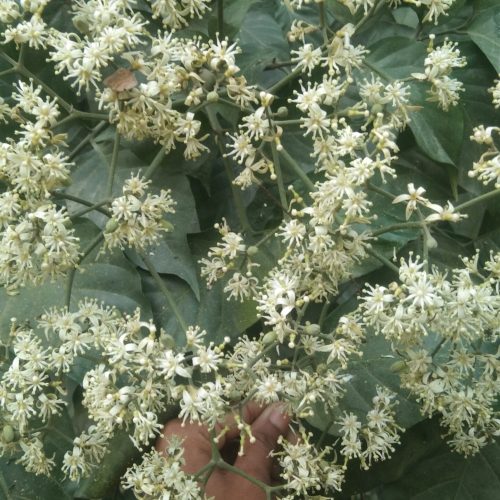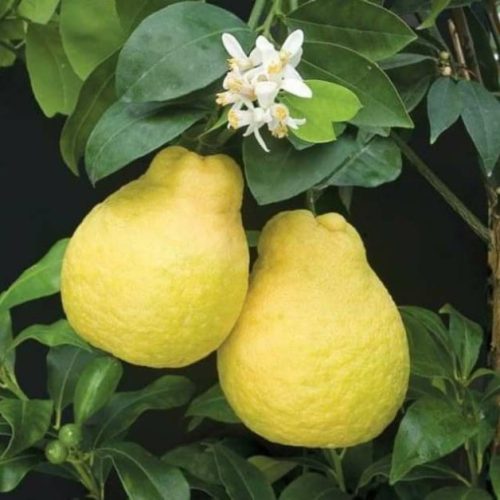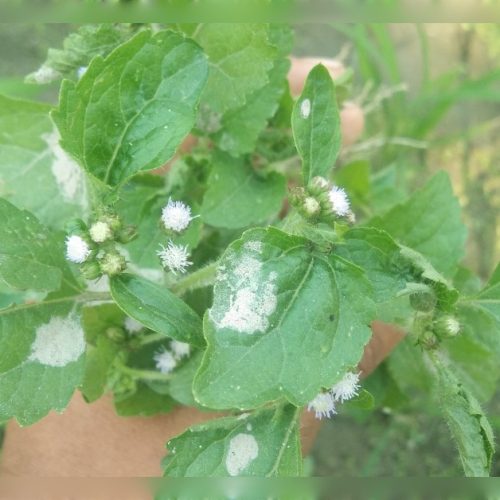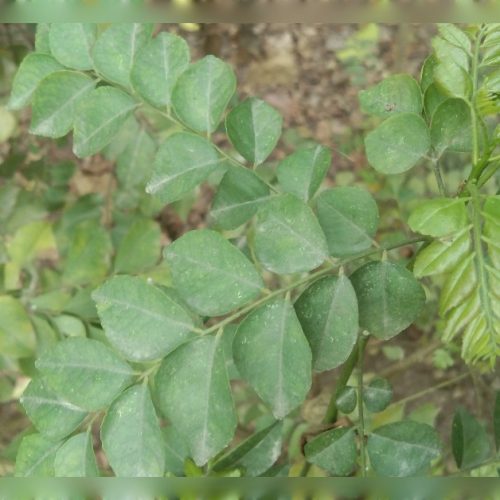Table of this Contents
ToggleIron.
Iron. The most important element of chemical-word is Iron. All the hard things of the world maded with it. Let’s know briefly.
What is iron?
Iron a metallic chemical element with the symbol Fe and the atomic number 26. It is usually gray in color and is found in the earth’s outer crust and inner core.
Iron in the periodic table.
In the periodic table, the atomic number of it is 26 and its atomic symbol is Fe.
It belongs to the group 8 and the period 4. It is a d-block element with its electronic configuration [Ar]3d64s2.
The melting point of it is 1538oC (1811 k) and its boiling point is 2861oC (3134 k).
Its relative atomic mass is 55.845 and it is solid at 20oC .
History of the Iron.
Iron is derived from the Anglo Saxon iron. It has been known from the prehistoric times. The symbol Fe is derived from the Latin word ferrum which stands for firmness.
It is one of the elements which were very well known to the ancient people. Iron objects have been found in Egypt nearly around 3500 BC. Beads made from meteoric iron were found in Gerzeh, Egypt. The beads contain 7.5% nickel, which is a proof of meteoric origin since it found in the earth’s crust. Gold.
The ancient Hittites of Asia Minor, were the first to smelt iron from its ores around 1500 BC. Some kinds of iron were clearly superior to others depending on its carbon content.
The first person who described about various types of it was Rene Antoine Ferchault de Reaumur who wrote a book on that subject in 1722. This explained how steel, wrought iron, and cast iron were to be distinguished by the amount of charcoal they contained.
The properties and uses of iron.
It is a shiny, greyish metal in its appearance. It rusts in damp air. This pure metal is very reactive chemically and rapidly corrodes, especially in moist air or at elevated temperatures.
It makes up 5% of earth’s crust and is second in abundance to aluminum among the metals and fourth in abundance behind oxygen, silicon and aluminum. It has four allotropic forms or ferrites known as alpha, beta, gamma and omega.
It is hard, brittle, lightly fusible and is used to produce other alloys including steel.
The average quantity of it in the human body is about 4.5 gm which transports molecular oxygen from the lungs throughout the body.
Huge amount of iron is used to make steel, an alloy of iron and carbon. The iron compounds produced on the largest scale in industry are iron sulfate and iron chloride.
Iron contains nearly a small amount of carbon which are picked up from the coke during smelting. These modify its properties.
Natural iron is a mixture of four stable isotopes: they are- iron-56, iron-54, iron-57 and iron 58.
It is also used in numerous sectors such as electronics, manufacturing, automotive and construction.
Frequently Asked Questions (FAQ).
1. What is iron?
Answer: Iron is a metallic chemical element with the symbol Fe and the atomic number 26. It is usually gray in color and is found in the earth’s outer crust and inner core.
2. What is the importance of iron?
Answer: Iron is important for numerous reasons like, it is a building block for steel, it is used for plants nourishment, and it helps transferring oxygen in the blood of human body.
3. What are the properties of iron?
Answer: Iron is a shiny, greyish metal in its appearance. It rusts in damp air. This pure metal is very reactive chemically and rapidly corrodes, especially in moist air or at elevated temperatures. Iron makes up 5% of earth’s crust and is second in abundance to aluminum among the metals and fourth in abundance behind oxygen, silicon and aluminum. It has four allotropic forms or ferrites known as alpha, beta, gamma and omega. It is hard, brittle, lightly fusible and is used to produce other alloys including steel.
4. Why the atomic symbol of iron is Fe?
Answer: Iron is derived from the Anglo Saxon iron. It has been known from the prehistoric times. The symbol Fe is derived from the Latin word ferrum which stands for firmness.
Information verified.



